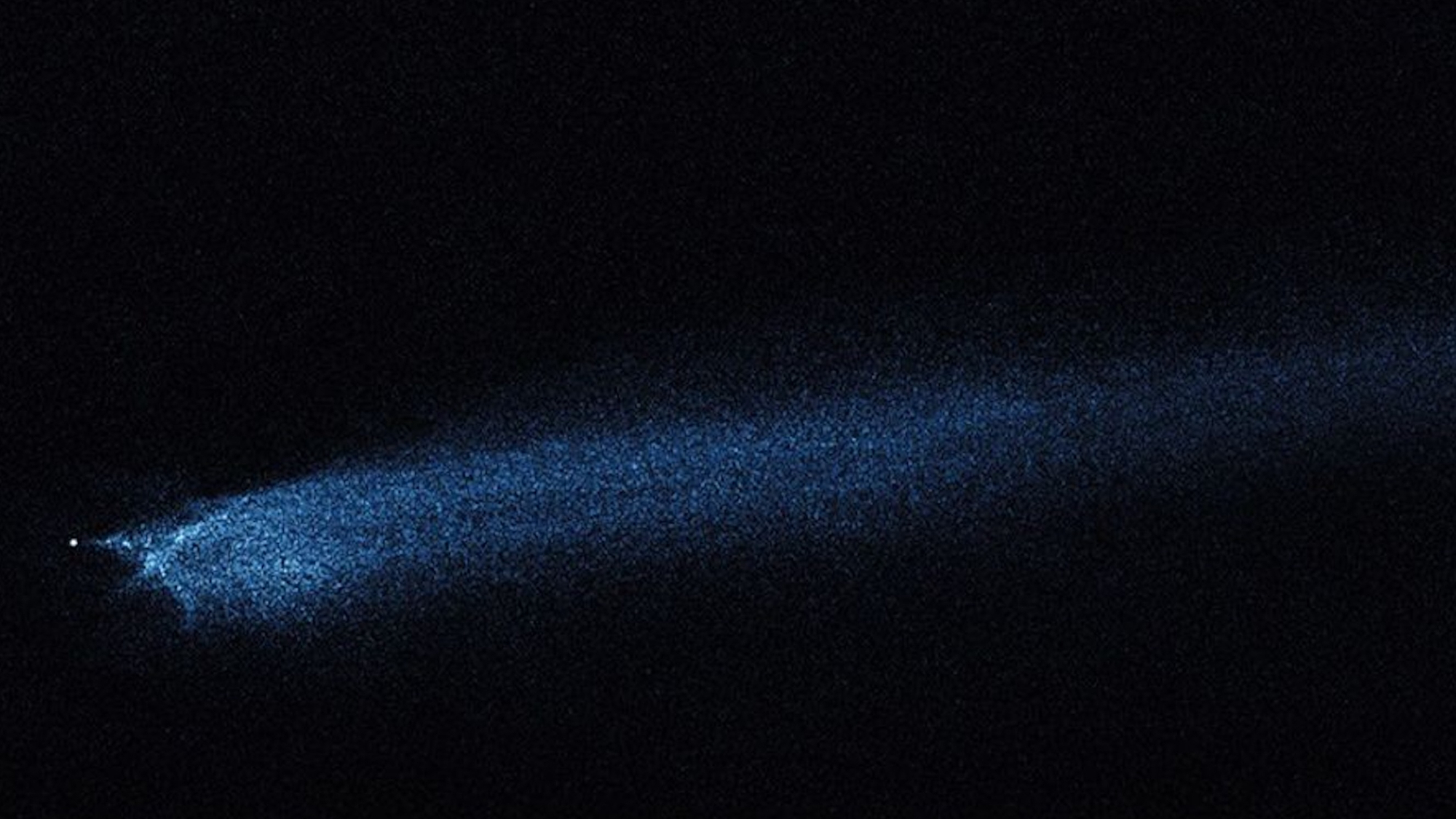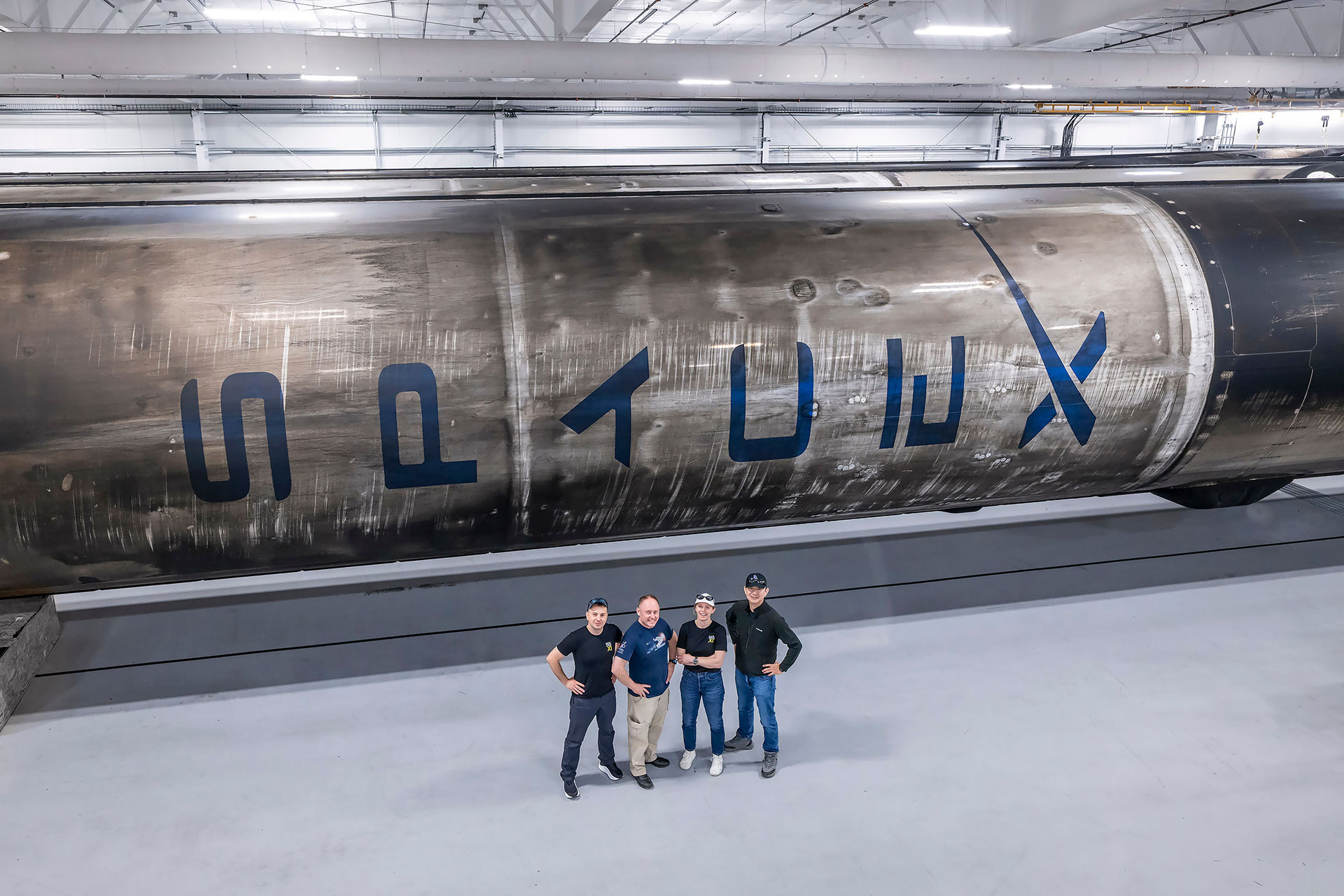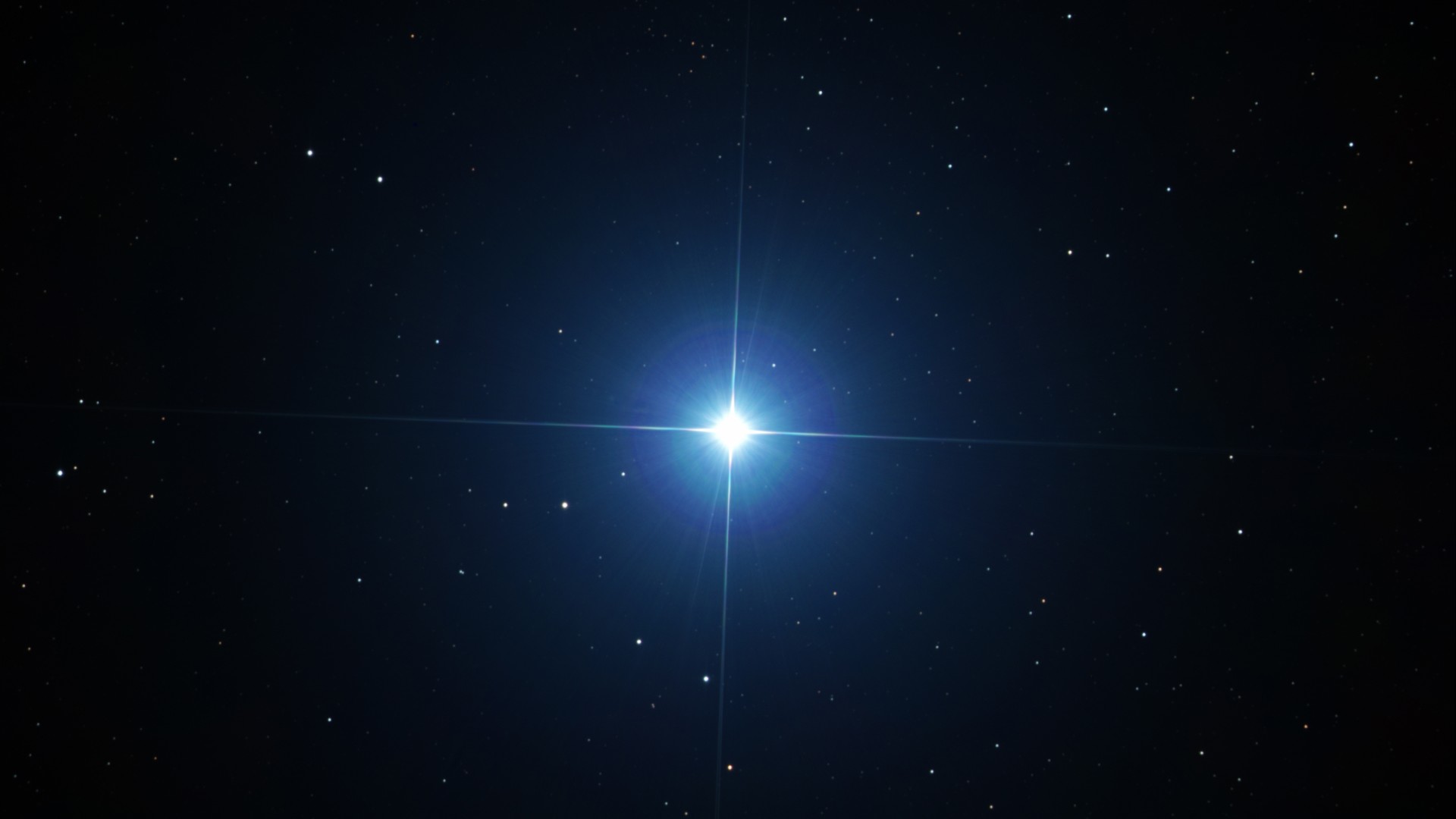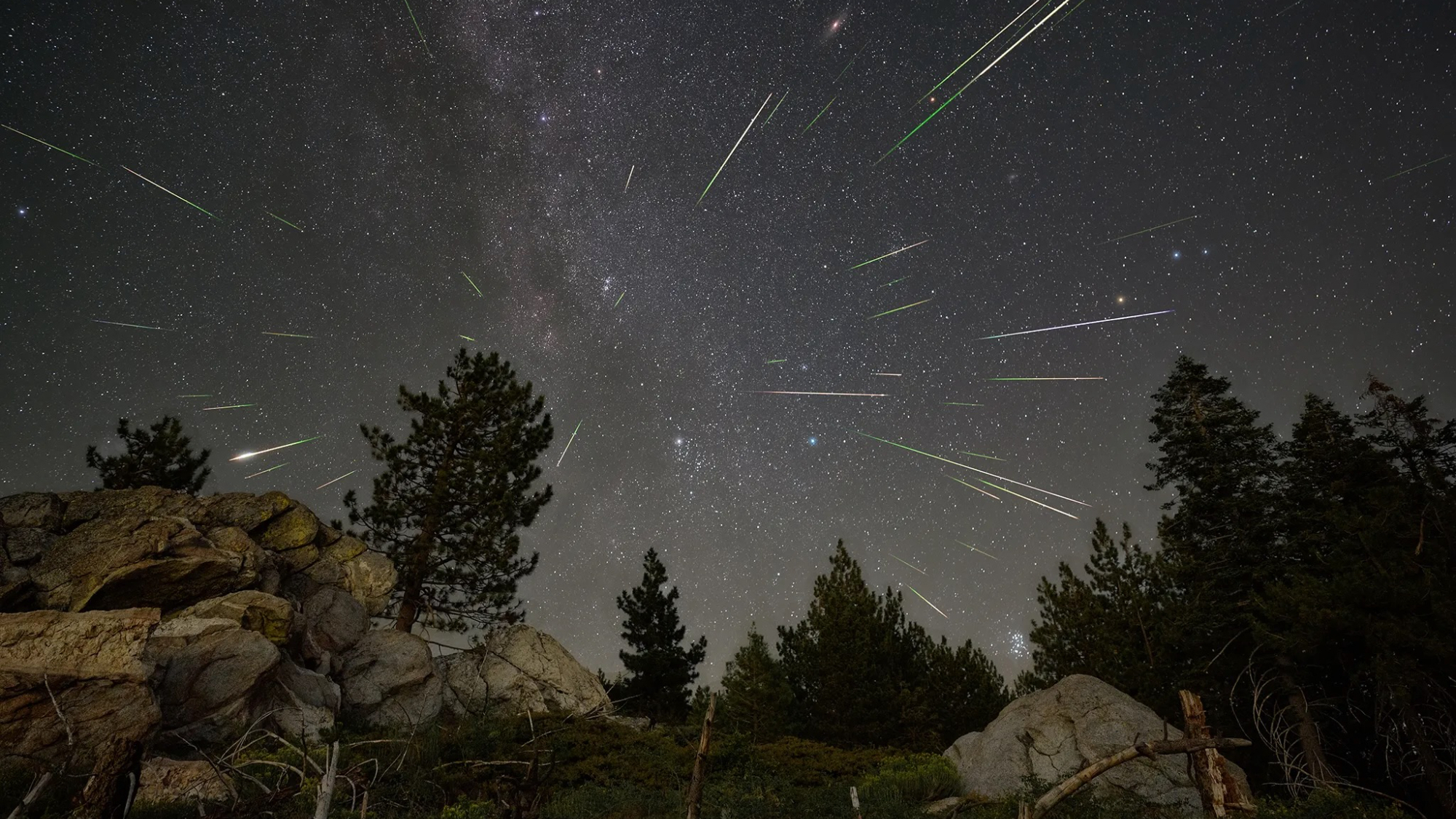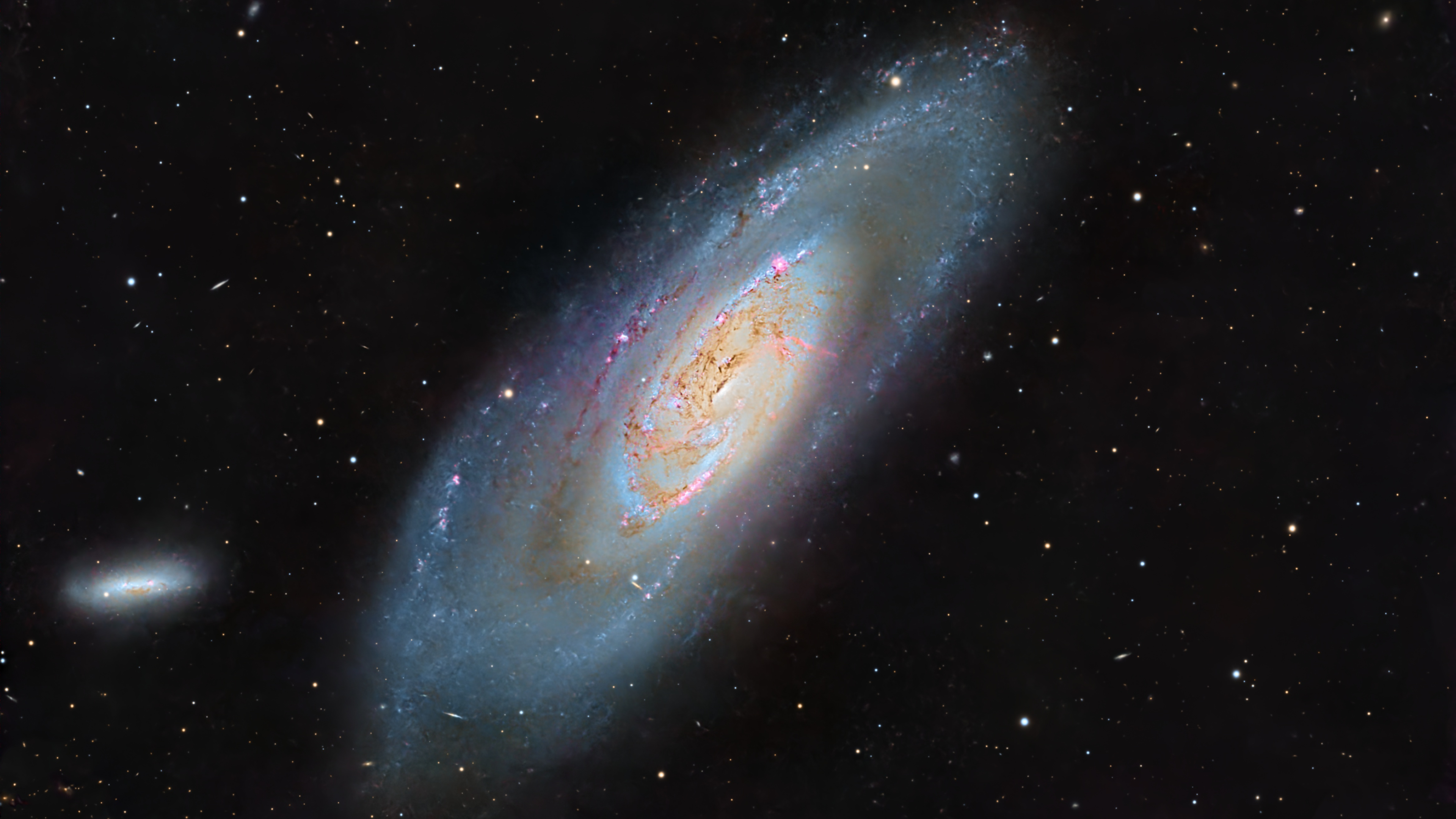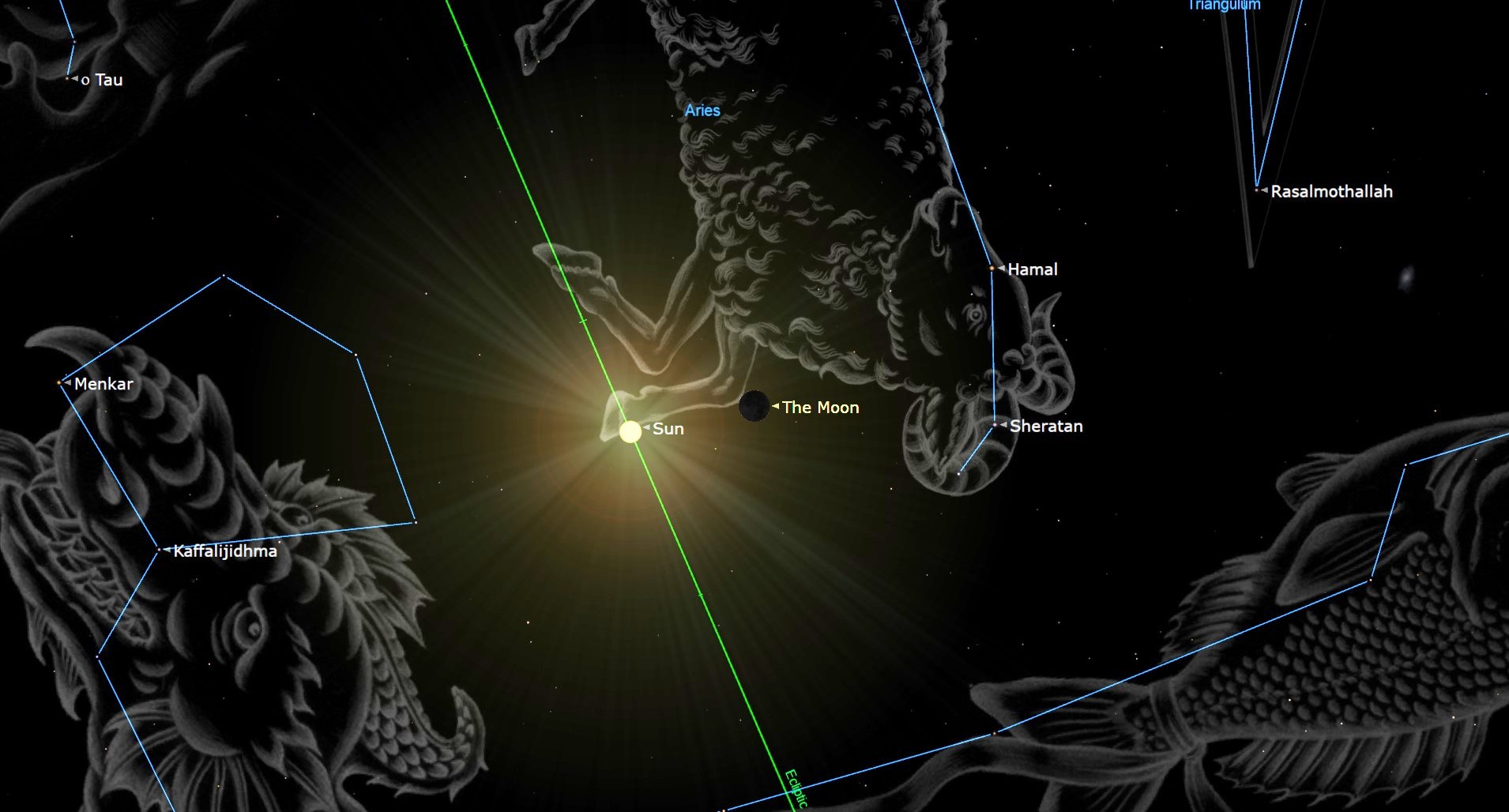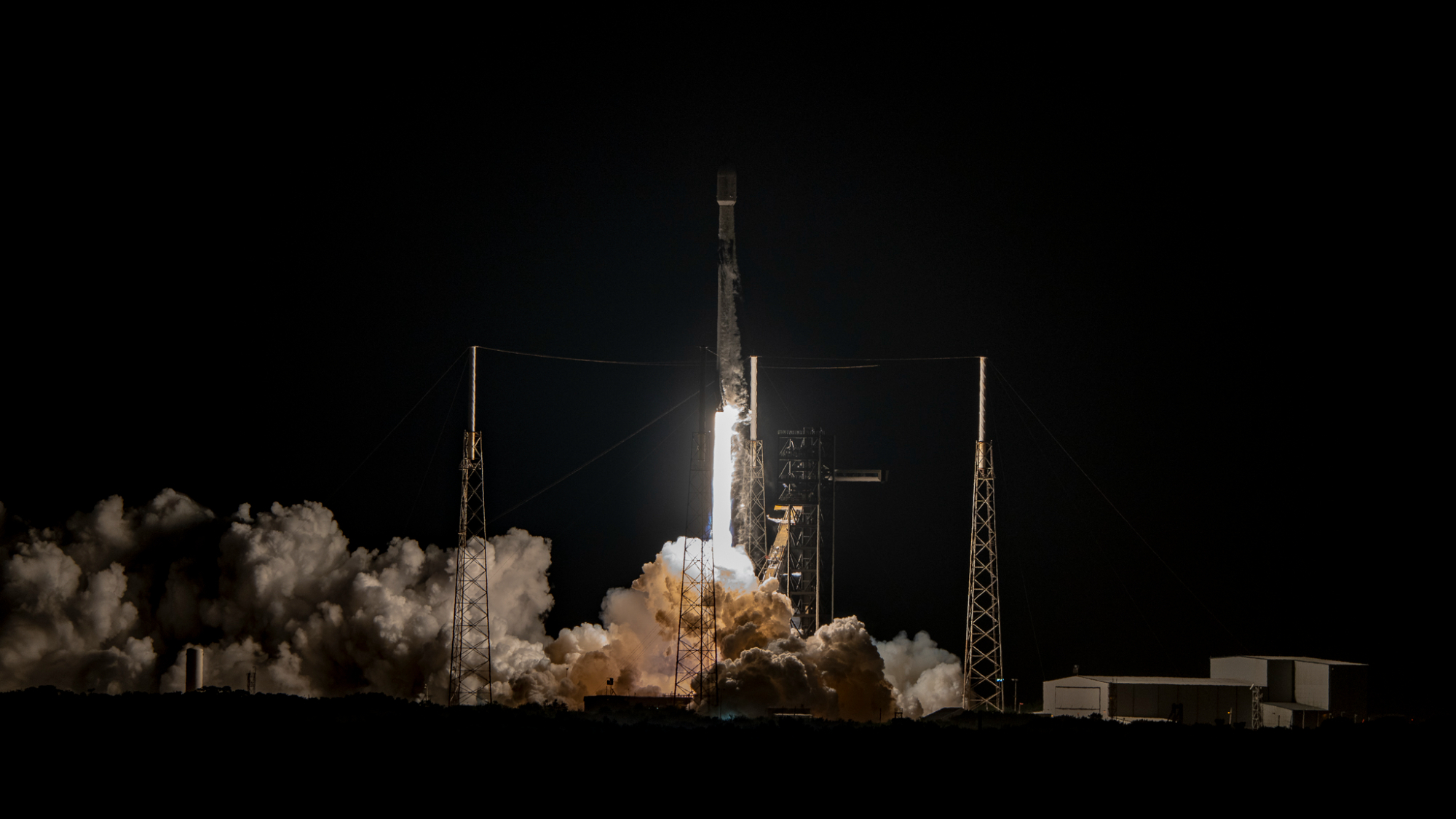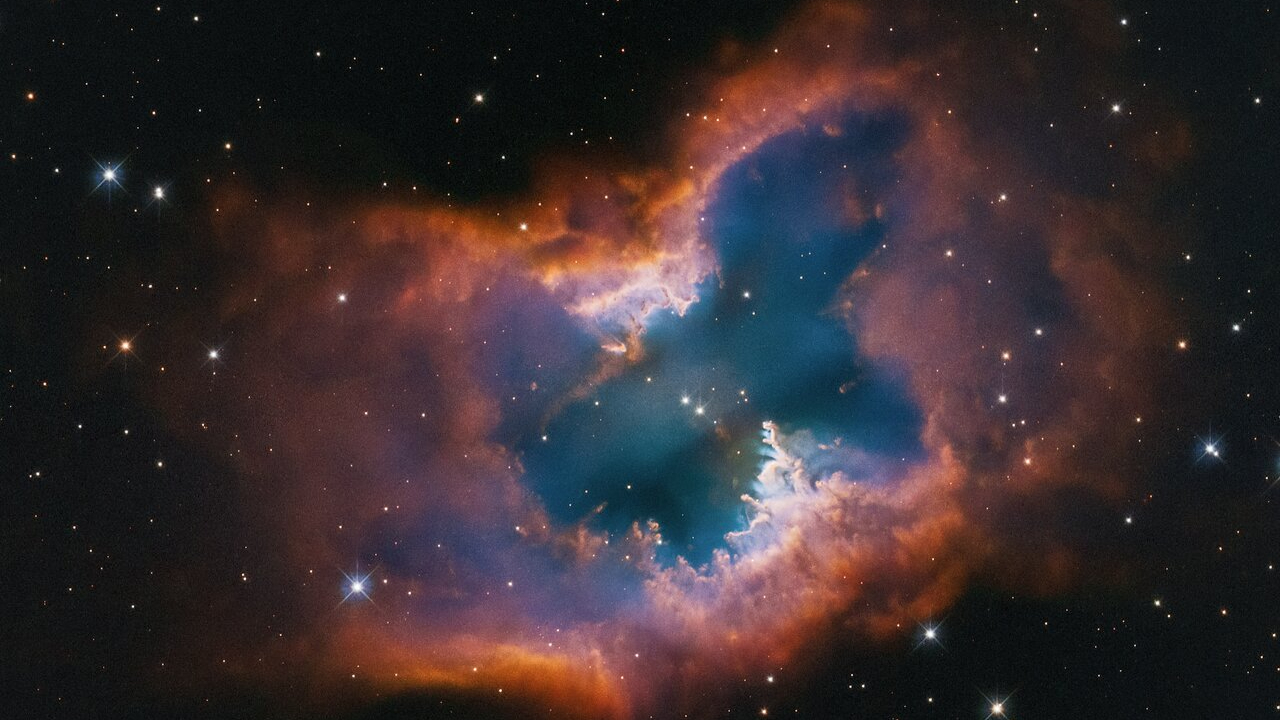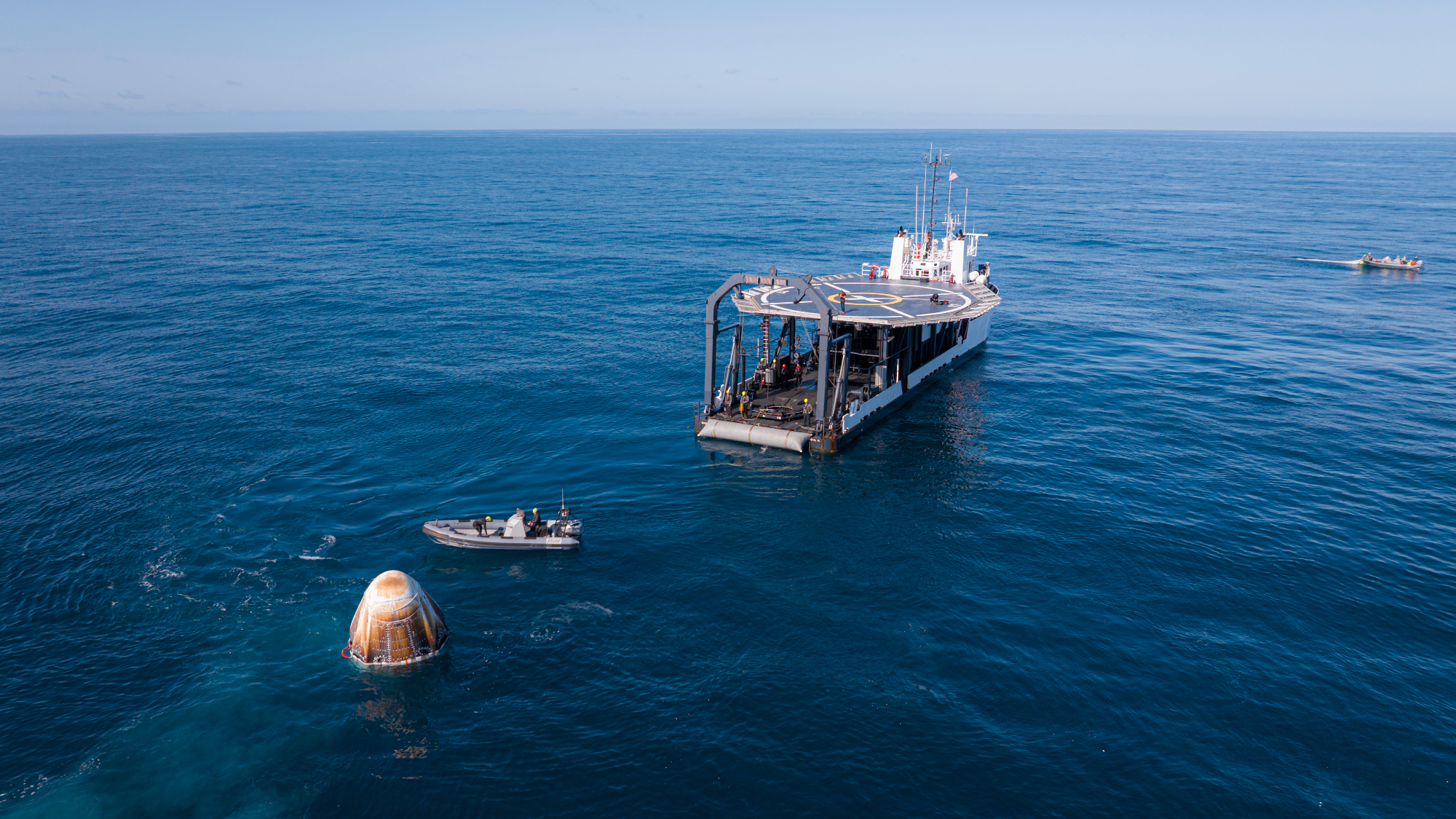
The West Coast is the best coast for Dragon landings, at least in SpaceX's books.
The company's four-person Fram2 mission came to a successful end on Friday (April 4) with the splashdown of the Crew Dragon capsule "Resilience" off the coast of Southern California.
That was a first for SpaceX, geography-wise: All 16 of its previous astronaut missions had hit the water off Florida, either in the Atlantic Ocean or in the Gulf of Mexico.
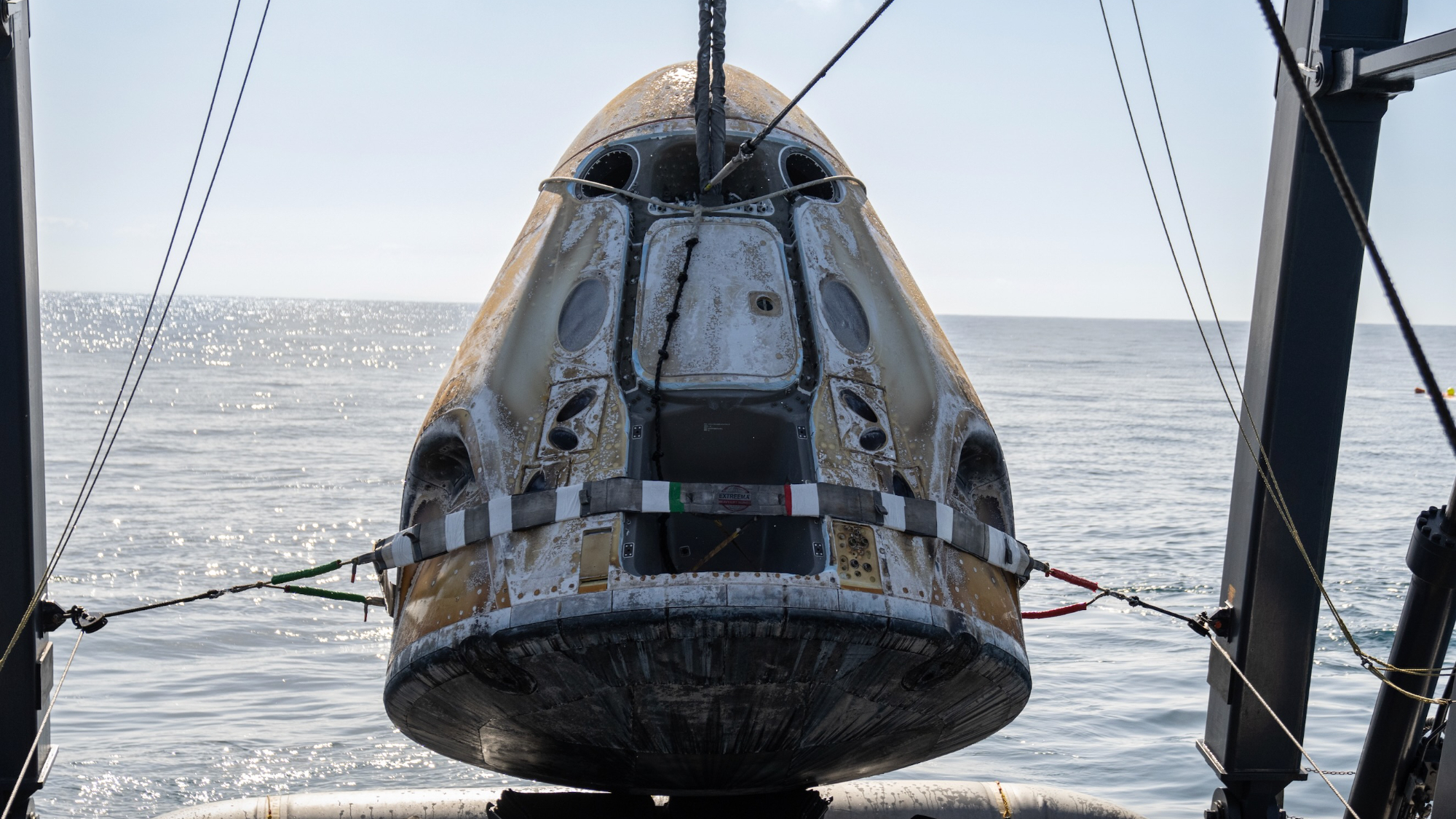
Indeed, every returning Dragon capsule, crewed or uncrewed, had splashed down near Florida since early 2021. But last July, SpaceX announced that it planned to shift recovery operations to the West Coast.
Related: SpaceX's private Fram2 astronauts splash down on Earth, ending historic polar orbit expedition
The decision was spurred by the fact that debris from Dragon's expendable trunk section had been found on terra firma on multiple occasions, even though modeling work had suggested the trunk would fully burn up during reentry to Earth's atmosphere.
Moving splashdowns to the West Coast — along with jettisoning the trunk after Dragon's deorbit burn, to control the trunk's trajectory — will ensure that no debris could harm people or property, according to SpaceX; any that survives reentry will fall into the Pacific.
Get the Space.com Newsletter
Breaking space news, the latest updates on rocket launches, skywatching events and more!
This new strategy was employed on Fram2 and will be repeated on every Dragon mission going forward, SpaceX representatives have said.
Well, calling the strategy "new" isn't exactly right; the Pacific was the original target for Dragon splashdowns, and remained the exclusive one for nearly a decade after the first Dragon flight in 2010.
"Dragon recovery operations moved to the East Coast in 2019, enabling teams to unpack and deliver critical cargo to NASA teams in Florida more efficiently and transport crews more quickly to Kennedy Space Center," SpaceX wrote in an update last July.
Join our Space Forums to keep talking space on the latest missions, night sky and more! And if you have a news tip, correction or comment, let us know at: community@space.com.

Michael Wall is a Senior Space Writer with Space.com and joined the team in 2010. He primarily covers exoplanets, spaceflight and military space, but has been known to dabble in the space art beat. His book about the search for alien life, "Out There," was published on Nov. 13, 2018. Before becoming a science writer, Michael worked as a herpetologist and wildlife biologist. He has a Ph.D. in evolutionary biology from the University of Sydney, Australia, a bachelor's degree from the University of Arizona, and a graduate certificate in science writing from the University of California, Santa Cruz. To find out what his latest project is, you can follow Michael on Twitter.
You must confirm your public display name before commenting
Please logout and then login again, you will then be prompted to enter your display name.

